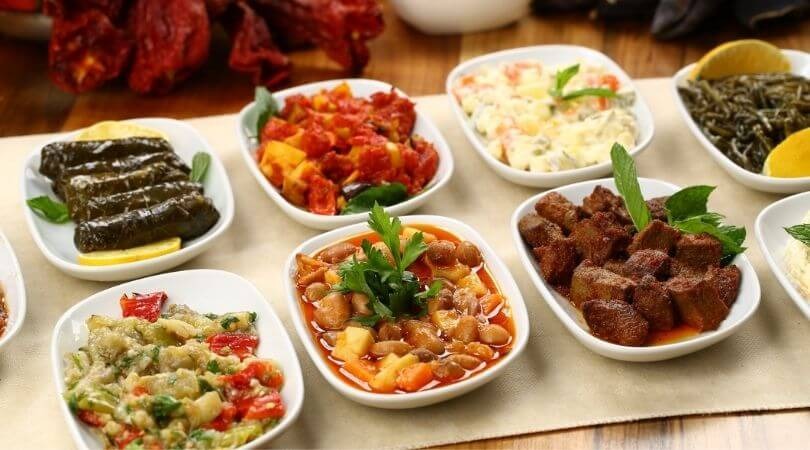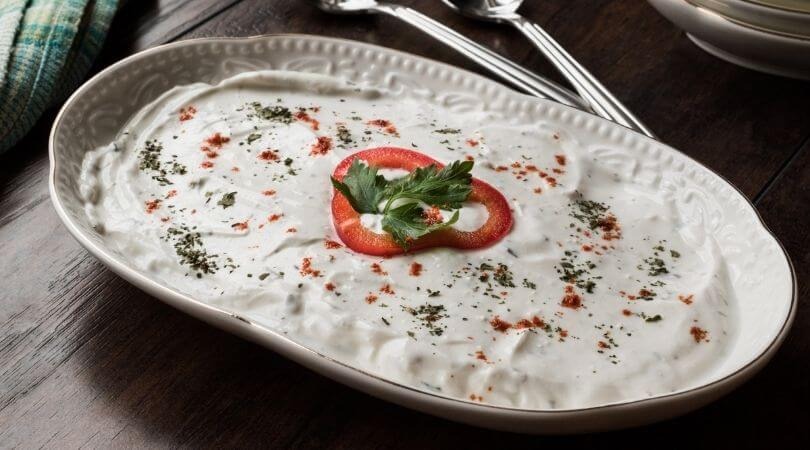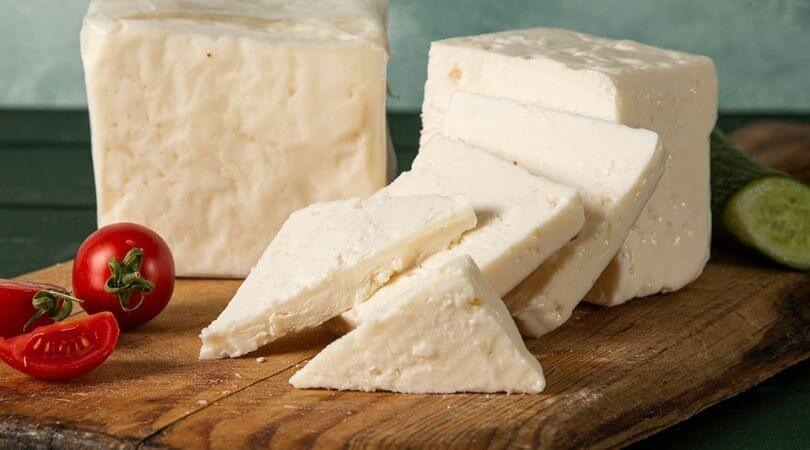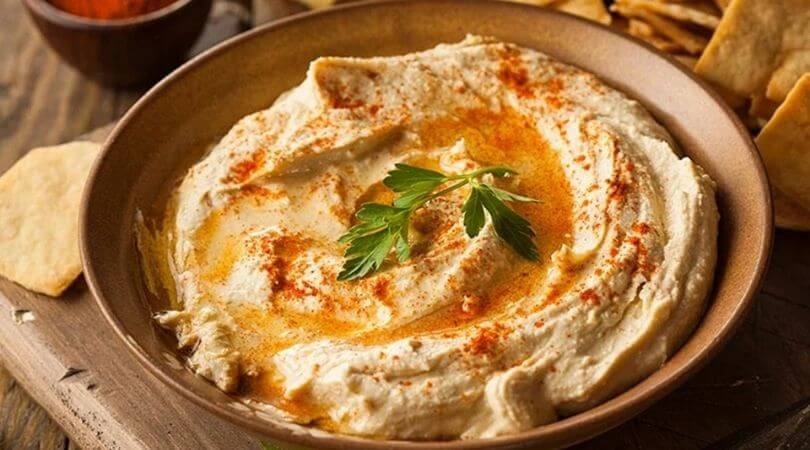Updated Date : 11.06.2025
APPETIZER
When the word Meze is examined etymologically, it is seen that its origins are based on the term 'Maza' used by the Iranians. It is written as "mèze" in Turkish alphabets. Maza means flavor. Appetizers are large and indispensable foods offered in small quantities as servings, with their flavors and appearance on our tables. Like our appetizers, some countries have similar foods. They are called "appetizers" in the US and in the Middle East, "Antipasta" in Italy, "hors d'oeuvre" in France, "Tapas" in Spain, and "Mukabalat" in Magrip countries.
Origin of appetizers:
Although it is unknown who and when the first appetizer was made, the Cretans were the first to find olive oil. Cold appetizers are usually made with olive oil, so the estimate is that Cretans also made the first appetizer. The oldest available data on the olive tree are 39,000-year-old olive leaf fossils unearthed in archaeological studies on the island of Santorini in the Aegean Sea.
Purpose of appetizers in Turkish culture:
In old times, there were no various mezes brought to your table on a tray like today. Meze served next to the raki were only leblebi (roasted chickpeas), some leaves, carrot slices. Therefore, the perception that "appetizer is for conversations, the purpose of raki table is not to eat to be full." which is said for raki table, may come from this ancient culture. But as you can appreciate, the various appetizers presented before us today have become almost indispensable main dishes of our raki table.
The appetizers on the table are significant because it allows people to drink raki slowly, but it is essential to recognize that people also enjoy appetizers with raki. So much so that in the appetizer tables, where there is no place for ignorance on manners, when there is noise and fighting, appetizers alone have been the sauce of deep conversations.
An appetizer should not be eaten like other dishes, a tiny bit of it at the end of the fork each time, accompanied by light flavors on the palate. It is not respected as an appetizer can be eaten like any dish on the table.
We are also in very rich geography in terms of appetizers. Some of the various and the most popular appetizers on the trays presented to us are Haydari, white cheese (feta cheese), melon, shakshuka, hummus, and muhammara.

Haydari
It is one of the indispensable Meze of raki tables. You have to learn how to make it. Because it is both an easy and practical appetizer, and together with raki, they become the perfect duo. We are making with "strained yogurt," mixed with mint. At first, we strain the water out of the yogurt to dry it a little. This brings intense milk taste wonderfully mixed with mint.

White Cheese (aka Feta Cheese)
It would be best if you kept white cheese on your table as an appetizer, which is another must-have on the table. But here it should be noted: raki wants light foods next to it so that a medium-fat cheese will be a choice worthy for your pallet.

Melon
What fruit goes next to the raki? We can easily say melon. Which is one of the sweet flavors of raki tables. Melon is one of the appetizers that lighten and even sweetens the anise smell in the raki content. Especially in season, the melon will leave a great taste on your pallet along with raki.

Muhammara
In our geography, the name has changed slightly from region to region, such as its flavor. It is also known as 'Aceva,' 'Acuka,' or 'Muhamamere.' Muhammara, each of which has a taste that will be suitable for raki tables, made with thick tomato paste, some spices and mixed with some crushed walnut. It is also an appetizer that you do not want to separate from your table.

Shakshuka
For those who want an appetizer next to raki, especially if you like eggplant, shakshuka is the right option. It is impossible to understand what we have written without trying the shakshuka appetizer, which is flavored with vegetables such as eggplant and tomatoes and peppers in the lead role, mixed with spices.

Humus
Hummus is preferred mainly by vegans due to its high protein content. It is a mixture of chickpea paste, garlic, lemon juice, tahini, olive oil, and cumin.

The Final word
The next time you visit a restaurant don't forget to try our selections. Although these meals have been selected as they have a deep connection with the historical concept of Meze, there are endless variations to choose from. You may also choose depending on what do you like to accompany them with. Our selections are ideal options to have with raki. The dishes may differ from region to region so that you can create your combinations.